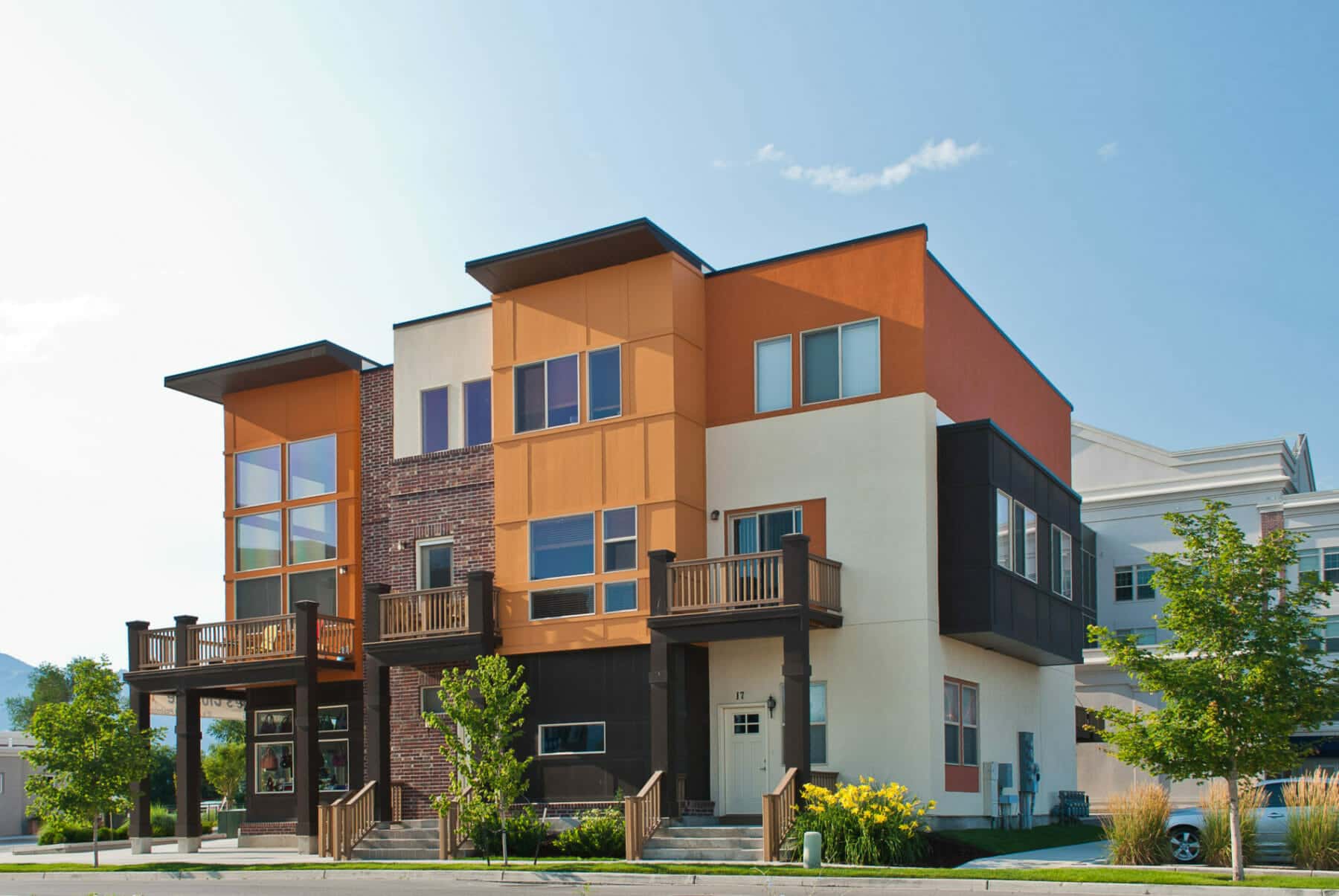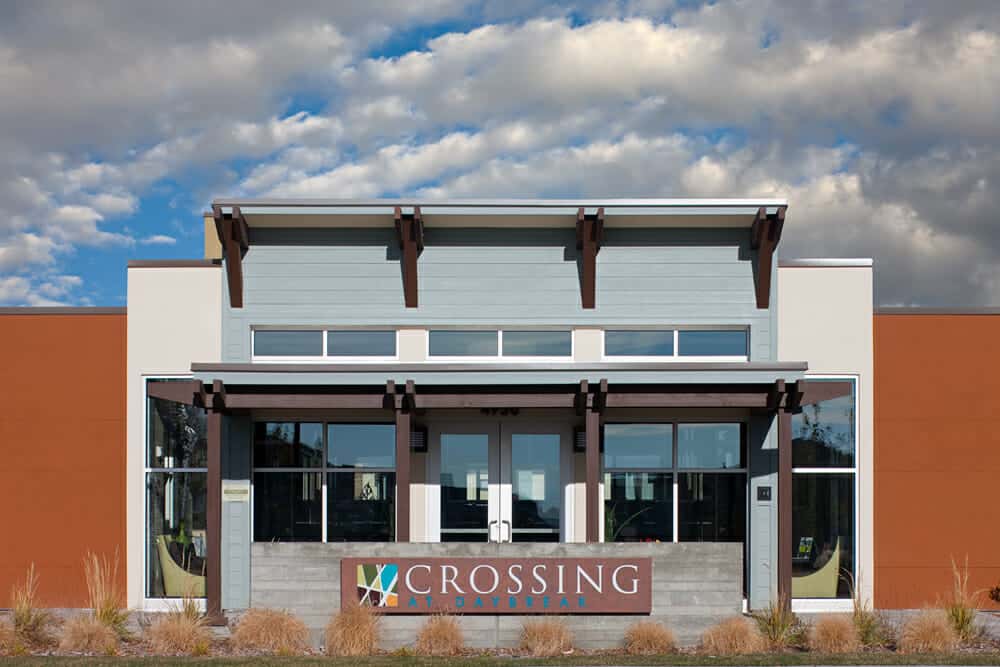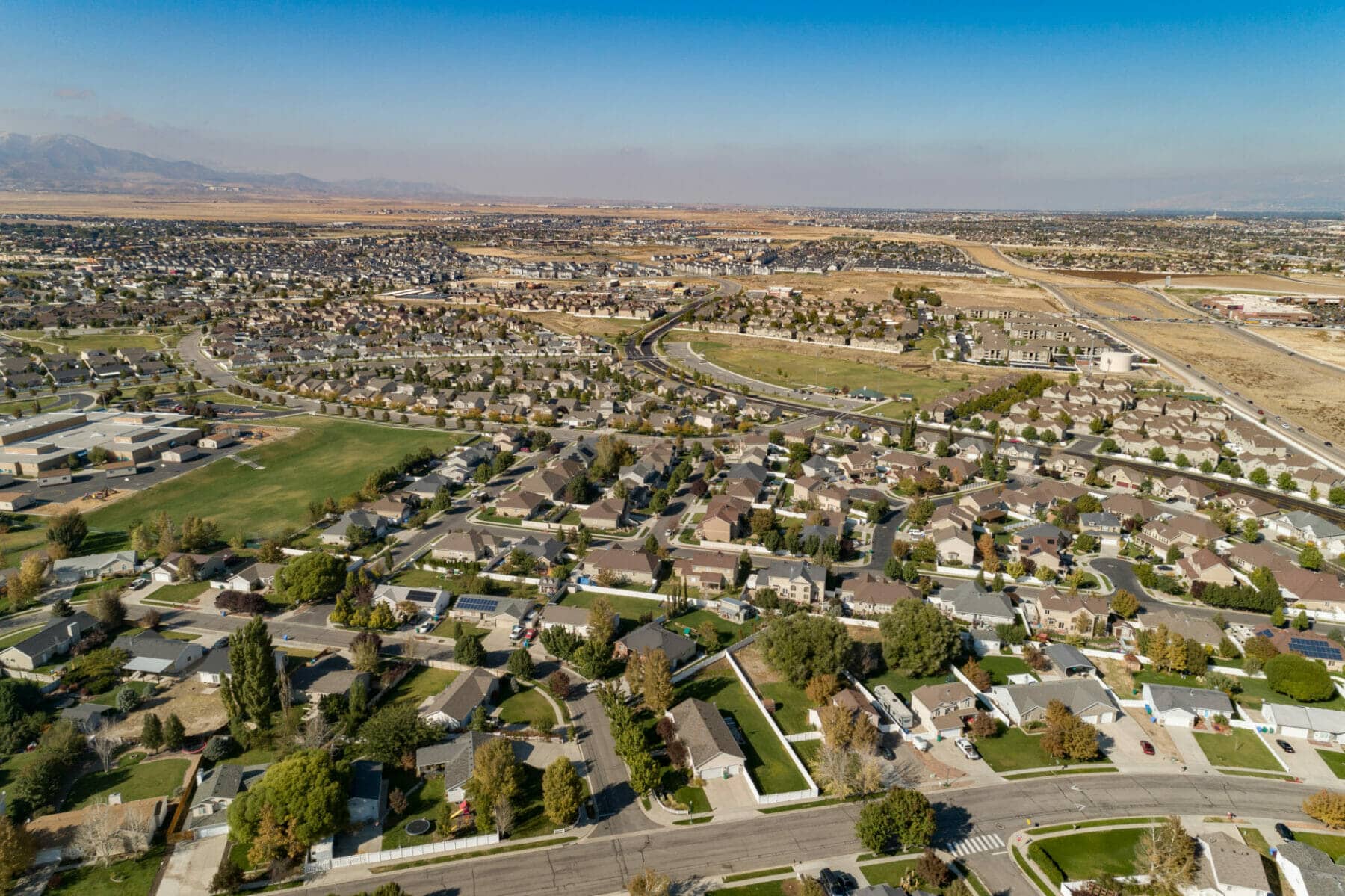Get your Low-Income Housing Tax Credit with help from Think Architecture
What is the Low-Income Housing Tax Credit (LIHTC)?
The Low-Income Housing Tax Credit (LIHTC) is a federal tax credit issued to offer incentives to developers when they construct or rehabilitate rental housing that’s affordable to low- and middle-income households.
The tax incentives can subsidize the cost of construction, acquisition, or rehabilitation, but the IRS will not award the tax credits until after the building opens to tenants.
Taxpayers claiming the LIHTC can expect about a nine percent credit on new construction or rebuilds (listed as 70 percent value credit) and about a four percent credit on rehabilitation projects (listed as 30 percent value credit). Investors can claim the LIHTC for 10 years.
Think can help you plan and design your LIHTC project from start to finish. We’ll keep you on track with all the local requirements to give your property the best chance of receiving the LIHTC.

Who is eligible for the LIHTC program?
Property owners or developers can apply for the LIHTC if their projects pass the gross rent test and tenant income test the low-income housing tax credit requires. Both tests look at the Median Family Income (MFI) for the area and the number of people in the household.
The Gross Rent Test for LIHTC Eligibility
Rents on units must be 30 percent or less than 50-60 percent of MFI in the area (depending on the percentage of tax credited rental units in the property).
The Income Test for LIHTC Eligibility
Rental properties can pass the income test in three different ways.
- No unit can be occupied by tenants that make an income of over 80 percent of MFI in the area. And 40 percent or more of the units must be rented by tenants whose income averages 60 percent or less of MFI in the area.
- 40 percent or more of the units must be occupied by tenants that make an income of no more than 60 percent MFI in the area.
- 20 percent or more of the units must be occupied by tenants making no more than 50 percent MFI in the area.
While these are the minimum standards, developers often must make 100 percent of their units affordable for low-income households to have a more competitive bid for the LIHTC. Also, projects must continue to meet the gross income and rent test requirements for 15 years (sometimes up to 30 years), or the credits may be recaptured.
The Importance of Tax Credit Apartments in SLC
Salt Lake City needs more affordable housing. Between 2000 and 2018, the number of apartment units in Salt Lake City nearly doubled, but many new developments were built for high-end renters. These new, high-end apartments contributed to rent costs in Salt Lake County rising more than 78 percent during that same period between 2000 and 2018.
Rents rose faster than income and nearly doubled the rate of inflation. In Salt Lake City, 30 percent of households spend more than half their income on housing costs. Salt Lake renters need relief.
Financing Limitations Create the Need for Tax Incentives
Developers and investors who depend upon the value generated from their loan or investment will build more high-end apartments than affordable apartments because it gives them a higher return on their investment.
The LIHTC program mitigates the risk for investors and developers, thus encouraging the creation of the more affordable housing that’s so direly needed.

The Development Process for Low-Income Housing Projects
Ensuring your low-income development stays eligible for the LIHTC program requires coordination across multiple sectors.
The Department of Housing and Urban Development (HUD) sets the affordability requirements. The IRS determines the allocation of funds disbursed to each state. Developers plan affordable housing projects and submit applications to receive the LIHTC. State Housing Finance Authorities design their standards and application process, then select which projects receive the LIHTC.
Developers can then trade the tax credit to an investor as part of the project’s financing and begin construction. Once the project goes into service, the IRS will officially give the tax credit to the developer.
Keep your project and your LIHTC status moving smoothly by creating a good plan ahead of time with help from Think Architecture’s Land Planning service
New Trends and Advancements for Low-Income Housing Tax Credit Projects
Focus on Sustainability
Since 2010, HUD has pushed states to consider more green, eco-friendly, and sustainable practices for LIHTC projects. The effort aims to reduce operating costs and mitigate environmental harm. Eco-friendly rental homes can also promote a more healthy lifestyle for their residents.
Continued Supply Issues
Expect the recent issues in the supply of building materials to continue. Supply delays could affect the timing of your project and your tax credit application.
Complex and Dynamic Housing Markets
The recent surge in work-from-home employment creates changes in where people choose to live. This shift leads to increased competition for housing and LIHTC benefits in new markets. That change may affect where you choose to develop your new LIHTC project.
Think keeps up with all the latest trends in architecture and development. We can help you navigate the changing marketplace on your Low-Income Housing project or other types of developments
FAQs about Low-Income Housing Tax Credit Projects
Do Low-Income Housing Tax Credit projects attract community development?
Yes. Since 1986, the LIHTC program has helped fund more than three million housing units.
Do Low-Income Housing Tax Credit projects attract investment?
Yes. Financial institutions are required to invest in their communities as part of the Community Reinvestment Act (CRA). Investing in LIHTC-eligible properties looks good on the investor’s annual CRA review as well as giving them a tax incentive.
Do Low-Income Housing Tax Credit projects pay local taxes?
Yes. The LIHTC is a federal credit, not a local one. However, some local governments may offer similar or additional tax incentives of their own.
Ready to get started on your Low-Income Housing Tax Credit project? Contact Think Architecture today.
Additional LIHTC Resources
General
Low-Income Housing Tax Credit Program
Introduction to Low-Income Housing Tax Credits
Salt Lake City
Salt Lake City, UT Low-Income Housing
Building Affordable in Salt Lake City: – SLC.gov
Income Guidelines – Housing & Community Development | SLC
State
Low-Income Housing Tax Credit (LIHTC) | HUD USER
State tax credits for affordable housing
Federal
What is the Low-Income Housing Tax Credit


